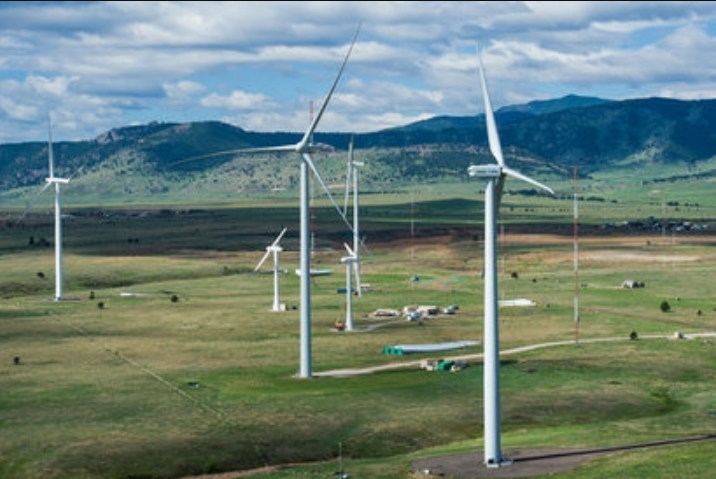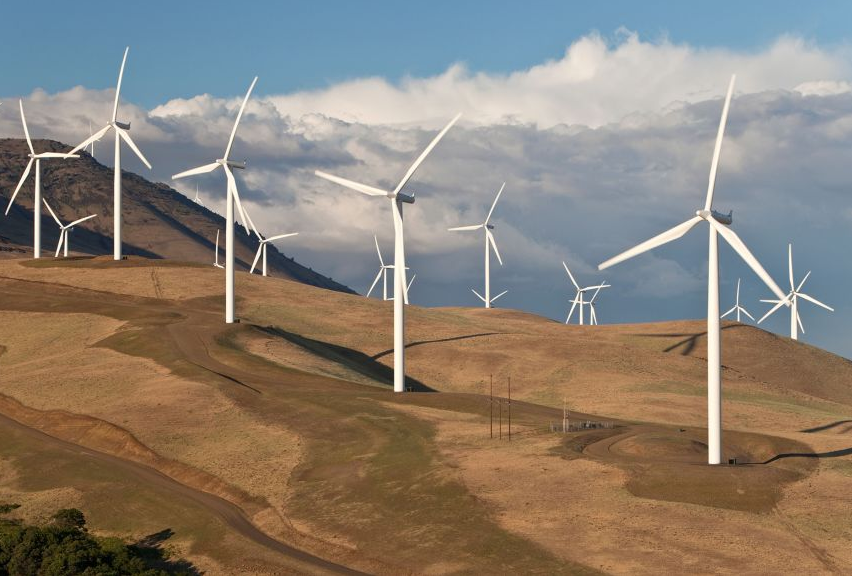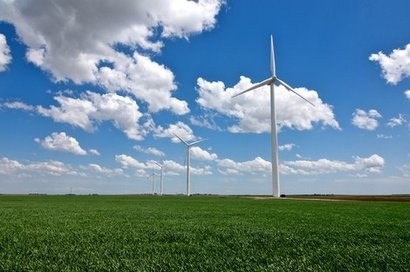Are you interested in exploring a career in wind energy? The renewable energy industry is growing rapidly, and wind energy is a major player in this movement. In this article, we will discuss the various job opportunities available in the wind energy sector and the education requirements needed to pursue a career in this field.
Overview of Wind Energy
Wind energy is a type of renewable energy that is produced by wind turbines. Wind turbines are machines that convert the kinetic energy of wind into electrical energy. Wind energy is clean, reliable, and cost-effective, making it a popular source of renewable energy.
Job Opportunities in Wind Energy
The wind energy sector offers a wide range of job opportunities. Some of the most popular job titles in this field include:
Wind Turbine Technician
Wind turbine technicians are responsible for the installation, maintenance, and repair of wind turbines. They work at wind farms and often work at great heights, so they must have a good understanding of safety protocols and procedures.
Wind Energy Engineer
Wind energy engineers design and develop wind turbines and wind farms. They analyze data to optimize the performance of wind turbines and ensure they are operating at maximum efficiency.
Wind Energy Project Manager
Wind energy project managers oversee the development and implementation of wind energy projects. They are responsible for managing budgets, timelines, and resources to ensure that projects are completed on time and within budget.
Wind Energy Sales Representative
Wind energy sales representatives are responsible for selling wind turbines and wind energy solutions to clients. They work closely with clients to understand their needs and develop customized solutions that meet their energy requirements.
Wind Farm Site Manager
Wind farm site managers are responsible for overseeing the day-to-day operations of a wind farm. They manage personnel, ensure that turbines are operating at maximum efficiency, and troubleshoot any issues that arise.
Environmental Analyst
Environmental analysts assess the environmental impact of wind energy projects. They evaluate the potential impact on wildlife, habitats, and ecosystems and develop strategies to minimize negative effects.
Research and Development Engineer
Research and development engineers work to develop new and innovative wind energy technologies. They research and test new materials, components, and systems to improve the efficiency and reliability of wind turbines.
Wind Energy Consultant
Wind energy consultants provide expert advice and guidance to clients on wind energy projects. They offer technical expertise and industry knowledge to help clients make informed decisions about wind energy solutions.
Education Requirements for Wind Energy Careers
The education requirements for wind energy careers vary depending on the job title. However, most positions in this field require at least an associate’s degree in a related field.
Associate’s Degree
An associate’s degree in wind energy or a related field can qualify you for a position as a wind turbine technician or an environmental analyst. These programs typically take two years to complete and provide students with the technical skills and knowledge needed to succeed in these roles.
Bachelor’s Degree
A bachelor’s degree in wind energy, mechanical engineering, or a related field can qualify you for a wide range of wind energy careers, including wind energy engineer, wind energy project manager, and wind energy sales representative. Bachelor’s degree programs typically take four years to complete and provide students with a strong foundation in math, science, and engineering.
Master’s Degree
A master’s degree in wind energy or a related field can provide advanced knowledge and skills necessary for career advancement. This degree can be helpful for those seeking positions as research and development engineers, wind energy consultants, or wind farm site managers. Master’s degree programs typically take two years to complete and often require a research thesis or project.
Certifications and Licenses
Certifications and licenses can also be beneficial for those pursuing a career in wind energy. The North American Board of Certified Energy Practitioners (NABCEP) offers certifications for solar and wind energy professionals, including a Wind Energy Installer certification. Additionally, some states may require licenses for wind turbine technicians.
Advancements in Wind Energy Technology
Advancements in wind energy technology have made wind energy more efficient and cost-effective than ever before. Some of the most exciting advancements include the development of larger and more powerful wind turbines, as well as the integration of energy storage systems that allow wind energy to be stored and used when it is needed most.
Salaries in Wind Energy Careers
Salaries in wind energy careers can vary depending on the job title, location, and level of education and experience. According to the Bureau of Labor Statistics, the median annual wage for wind turbine technicians was $56,230 as of May 2020. Wind energy engineers, project managers, and sales representatives typically earn higher salaries.
Advantages of a Career in Wind Energy
There are many advantages to pursuing a career in wind energy. Wind energy is a growing industry, which means that there are many job opportunities available. Additionally, wind energy is a clean and renewable source of energy, which makes it a rewarding career choice for those who are passionate about sustainability and environmentalism.
Challenges in a Career in Wind Energy
While there are many advantages to a career in wind energy, there are also some challenges to consider. Wind energy is a relatively new industry, which means that there is still a lot of uncertainty and instability. Additionally, wind energy jobs often require working in remote or rural areas, which may not be suitable for everyone.
Future of Wind Energy Careers
The future of wind energy careers looks bright. As the world continues to move toward clean and renewable sources of energy, the demand for wind energy professionals is likely to continue to grow. Additionally, advancements in wind energy technology are expected to make wind energy even more efficient and cost-effective in the years to come.
Conclusion
Wind energy is a promising and rewarding career field. Whether you are interested in working as a wind turbine technician, wind energy engineer, or wind farm site manager, there are many job opportunities available. By pursuing the appropriate education and certifications, you can position yourself for success in this exciting and growing industry.
FAQs
- What is wind energy?
- What job opportunities are available in the wind energy sector?
- What education requirements are needed for wind energy careers?
- What certifications and licenses are available for wind energy professionals?
- What is the future of wind energy careers?


